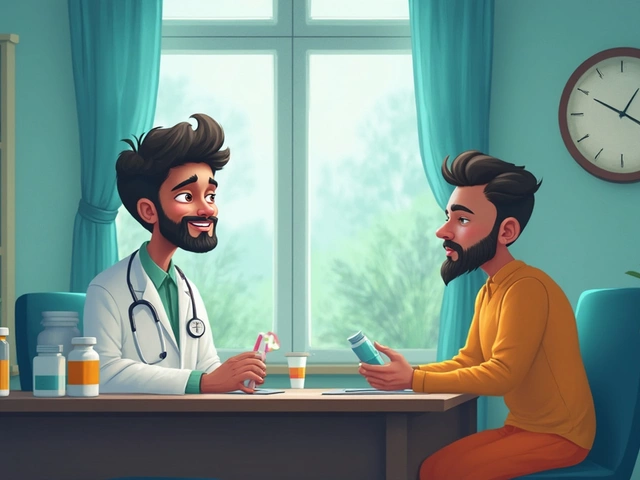Pain in IVF: What You Need to Know
If you’ve started an IVF cycle, you might be surprised by how much your body feels like a construction site. Between hormone shots, trigger shots, and the egg‑retrieval procedure, discomfort is common – but it doesn’t have to be a mystery.
First off, the pain you feel isn’t a sign that the treatment is failing. Most of it comes from the way IVF works: we flood your ovaries with hormones, then pull the eggs out with a thin needle. Both steps can trigger cramping, bloating, and sore spots.
Why does IVF hurt?
Hormone injections are the biggest culprit. The drugs raise estrogen and other hormones so your ovaries produce multiple follicles. That sudden growth stretches the ovarian capsule, leading to a dull ache or sharp cramps, especially after the trigger shot.
The egg‑retrieval itself is done under light anesthesia, but once you wake up you’ll notice pressure in the lower abdomen. The needle passes through the vaginal wall, which can leave a lingering soreness for a day or two.
Other sources of pain include the fluid you’re asked to drink before the retrieval – too much can cause a bloated feeling – and the occasional ovarian cyst that pops up during stimulation.
How to ease the ache
Over‑the‑counter painkillers like ibuprofen work well for hormone‑related cramps, but ask your doctor before combining them with any fertility meds. A low‑dose acetaminophen is usually safe.
Heat is another quick fix. A warm water bottle or a heating pad on the lower belly can relax the muscles and cut down on cramping. Just keep the temperature moderate to avoid burns.
Staying hydrated helps your body flush out the excess hormones faster. Aim for at least eight glasses of water a day, and sip a warm herbal tea (like ginger or peppermint) if you feel nauseous.
Gentle movement, such as short walks, can improve blood flow and reduce bloating. You don’t need a marathon – 10‑15 minutes a few times a day is enough.
If you’ve had the retrieval, a soft pillow between your knees while you rest can ease pelvic pressure. Most clinics also recommend wearing loose underwear and avoiding tight waistbands for a few days.
Now, when should you call the clinic? Severe, sudden abdominal pain that doesn’t improve with painkillers, fever over 100.4°F (38°C), or heavy vaginal bleeding (soaking a pad in an hour) are red flags.
Light spotting after the retrieval is normal, as is mild cramping for up to 48 hours. If the pain lasts longer than a week or gets progressively worse, it’s worth a quick phone check‑in.
Emotional stress can amplify physical discomfort. Talking to a partner, friend, or counselor can lower the perception of pain. Many IVF centers offer support groups – a shared story often makes the ache feel less isolating.
Finally, keep a simple pain diary. Note the type of pain, when it started, what you did to relieve it, and how you felt afterward. This record helps your doctor tailor medication doses in future cycles.
In short, pain during IVF is usually a predictable side effect of hormone stimulation and the retrieval procedure. With smart pain‑relief strategies, staying hydrated, and a clear line to your clinic, you can manage the discomfort and stay focused on the bigger goal – a healthy pregnancy.

Is IVF Painful? Unveiling the Truth About IVF Treatment
Wondering if IVF is painful? This article explores the truth behind the discomfort associated with In Vitro Fertilization (IVF). We dive into the steps involved in the process, address common concerns about pain, and share tips to ease potential discomfort. Whether you're considering IVF or just curious about the process, get the facts and helpful advice you need to make informed decisions.

Most Painful Bone to Break: Beyond the Obvious
Feb, 7 2025

Safest Diabetic Medications: What's Best for You?
Apr, 14 2025


